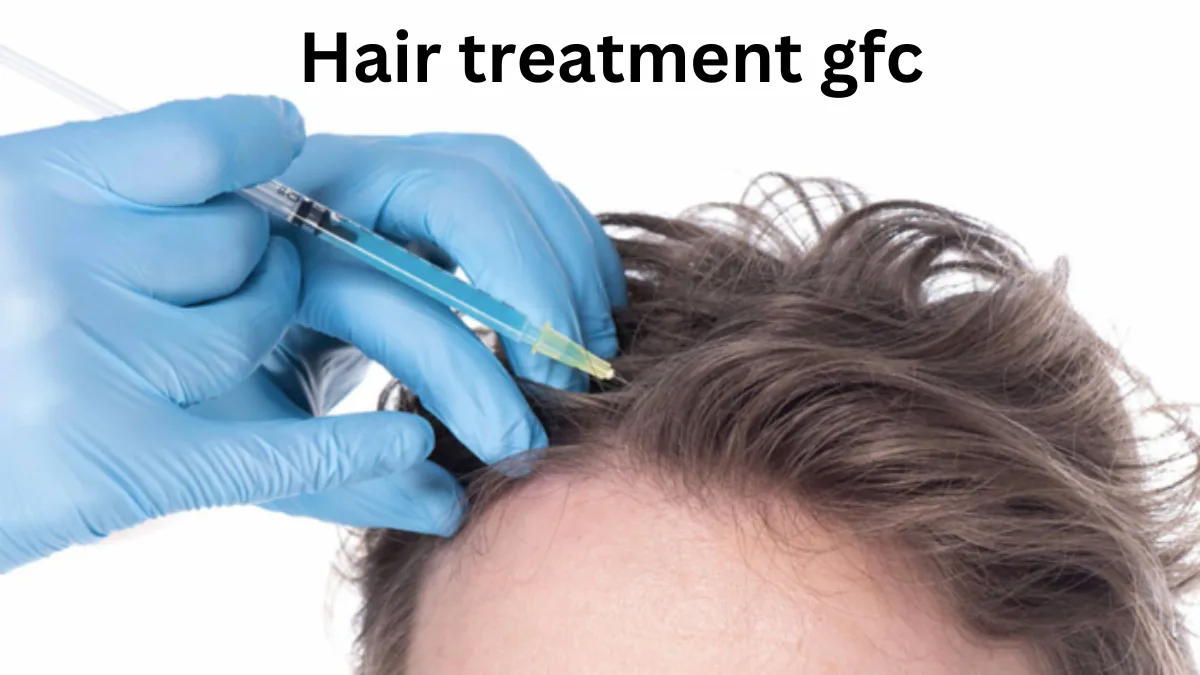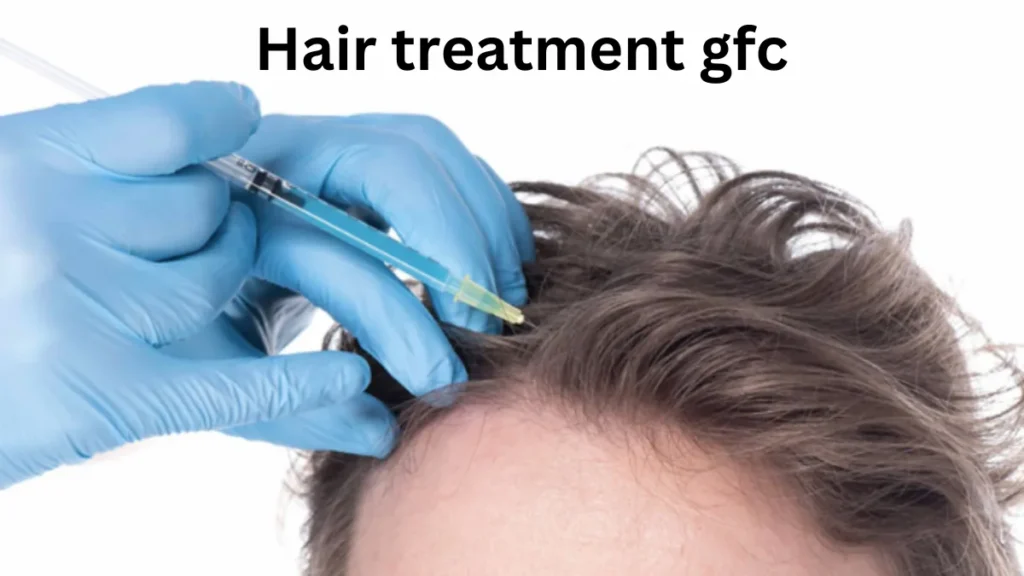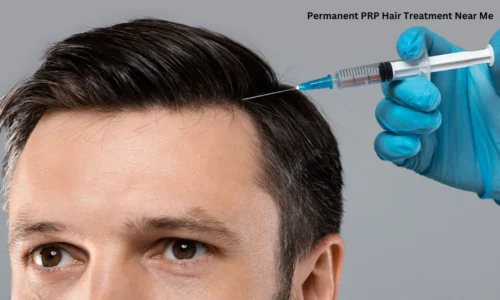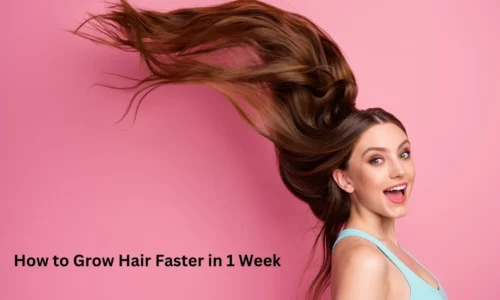
Hair loss is a common concern for both men and women, with countless individuals seeking effective solutions to restore their hair’s fullness and health. Among the most innovative advancements in hair restoration is GFC (Growth Factor Concentrate), a cutting-edge treatment gaining popularity for its ability to stimulate hair regrowth and improve scalp health. In this article, we’ll explore what GFC hair treatment is, how it works, and why it’s a game-changer in the field of hair restoration.

Contents
- 1 What is GFC Hair Treatment?
- 2 The Science Behind GFC Hair Treatment
- 2.1 Benefits of GFC Hair Treatment
- 2.2 Who is an Ideal Candidate for GFC Hair Treatment?
- 2.3 The GFC Hair Treatment Procedure
- 2.4 What to Expect After GFC Hair Treatment
- 2.5 GFC Hair Treatment vs. Other Hair Loss Treatments
- 2.6 Potential Risks and Side Effects
- 2.7 Success Stories and Case Studies
- 2.8 Conclusion
Book Your Consultation Today
Visit Dr. Hanan Dermatology Specialty Clinic in Padur, OMR, Chennai. Schedule your consultation today and start your journey to fuller, healthier hair.
For more information and to book your appointment, visit our clinic or call us at the clinic’s contact details.
What is GFC Hair Treatment?
GFC, or Growth Factor Concentrate, is a non-surgical hair restoration treatment that uses growth factors to stimulate hair follicles and encourage hair regrowth. These growth factors are naturally occurring proteins that help promote cell growth, healing, and regeneration. GFC is derived from the patient’s own blood, which is processed to concentrate these growth factors and then injected into the scalp to rejuvenate dormant hair follicles and stimulate the growth of new, healthy hair.
This treatment is a breakthrough in the fight against hair loss, offering a natural and effective alternative to more invasive procedures like hair transplants.
The Science Behind GFC Hair Treatment
Growth factors play a crucial role in stimulating hair regrowth. These are naturally occurring proteins in the body that promote the healing of tissue and the growth of new cells. In the context of hair restoration, key growth factors such as VEGF (vascular endothelial growth factor) and PDGF (platelet-derived growth factor) are particularly important. They help to regenerate hair follicles, improve blood circulation to the scalp, and promote hair follicle survival.
The process begins with drawing a small sample of the patient’s blood, which is then processed in a centrifuge to isolate the plasma. This plasma, which contains a high concentration of growth factors, is injected into the scalp in targeted areas where hair thinning or hair loss is most prominent. This stimulation of the scalp promotes the regeneration of hair follicles, leading to stronger, thicker hair growth.
Benefits of GFC Hair Treatment
GFC offers a range of benefits that make it an appealing choice for those looking to combat hair thinning and hair loss:
- Stimulates Hair Growth: GFC directly targets the hair follicles, encouraging dormant follicles to become active again, leading to visible hair regrowth.
- Improves Hair Thickness and Texture: As new hair grows, it is often thicker and healthier, contributing to fuller, more voluminous hair.
- Non-Invasive Procedure: Unlike hair transplant surgery, GFC treatment is minimally invasive, requiring no incisions or stitches.
- Minimal Downtime: Most patients experience only mild discomfort and minimal downtime, allowing them to resume daily activities almost immediately.
- Safe and Natural: Since the treatment uses the patient’s own blood, it is a natural, safe option with a low risk of complications.
Who is an Ideal Candidate for GFC Hair Treatment?
GFC hair treatment is suitable for a wide range of individuals, including:
- People with Androgenic Alopecia (Pattern Baldness): This hereditary condition causes gradual thinning or balding, particularly around the crown and temples.
- Women and Men with Thinning Hair: Those experiencing thinning hair or early-stage hair loss can benefit from GFC’s restorative properties.
- Individuals Seeking Non-Surgical Solutions: GFC is an excellent option for people who are not ready for or are not candidates for hair transplant surgery.
- Those Looking for a Natural Alternative: Because GFC uses the body’s own growth factors, it is a great option for those seeking a natural approach to hair restoration.
The GFC Hair Treatment Procedure
The GFC hair treatment procedure is relatively straightforward and involves the following steps:
- Consultation and Assessment: A thorough consultation with a hair restoration specialist is essential to assess the patient’s hair loss and determine the suitability of GFC treatment.
- Blood Collection and Processing: A small blood sample is drawn from the patient. This sample is then processed using a centrifuge to isolate the growth factor-rich plasma.
- Application of GFC: The concentrated plasma is injected into the scalp at areas where hair thinning or loss has occurred. The injections are typically done with a fine needle to minimize discomfort.
- Post-Treatment Care: After the procedure, patients may experience mild redness or swelling at the injection sites. These effects are temporary, and most patients can return to their normal routines immediately.
What to Expect After GFC Hair Treatment
After undergoing GFC hair treatment, patients may experience:
- Mild Side Effects: Some redness or swelling at the injection site is common but typically subsides within a few hours to a few days.
- Gradual Hair Growth: It takes time for new hair to grow, and results are typically visible within 3-6 months. New hair may initially be fine but gradually thickens and strengthens.
- Ongoing Treatments: To maintain results, some patients may need follow-up sessions. Your hair restoration specialist will provide a personalized treatment plan based on your progress.
GFC Hair Treatment vs. Other Hair Loss Treatments
When comparing GFC to other popular hair treatments, several key differences become apparent:
- GFC vs. PRP (Platelet-Rich Plasma): While both GFC and PRP involve the use of the patient’s own blood, GFC typically has a higher concentration of growth factors, making it a more powerful treatment for stimulating hair growth.
- GFC vs. Hair Transplant: Unlike hair transplants, which involve the surgical relocation of hair follicles, GFC is a non-invasive procedure with minimal downtime. It’s a great option for people who want to avoid surgery.
- Cost Comparison: GFC is generally more affordable than hair transplant surgery, making it an attractive option for those looking for a cost-effective solution to hair loss.
Potential Risks and Side Effects
GFC hair treatment is generally safe, but as with any medical procedure, there are potential risks:
- Mild Pain or Swelling: Some patients may experience discomfort at the injection site.
- Temporary Results: The effectiveness of the treatment can vary, and not everyone will experience the same level of hair regrowth.
Success Stories and Case Studies
Many patients have experienced significant improvements in hair regrowth following GFC treatment. Testimonials from individuals who have undergone the procedure often highlight the natural results and improved hair thickness. Before-and-after photos demonstrate how GFC can help restore hair in areas that were once thinning or bald.
Conclusion
GFC hair treatment is an innovative, non-invasive solution for hair loss and thinning. By harnessing the power of growth factors derived from the patient’s own blood, this treatment helps stimulate hair regrowth and improve hair thickness. With minimal downtime and a natural, safe process, GFC is a highly effective alternative to more invasive hair restoration options. If you’re struggling with hair loss and seeking a natural, non-surgical option, GFC might be the treatment you’ve been waiting for.



